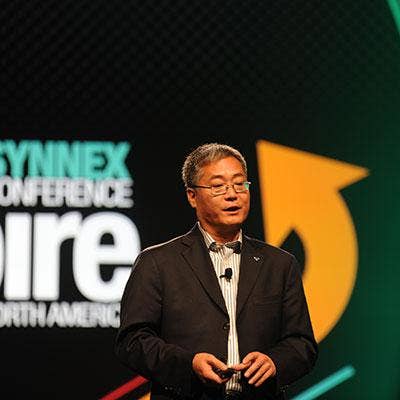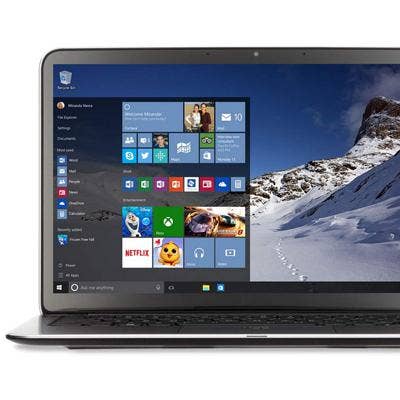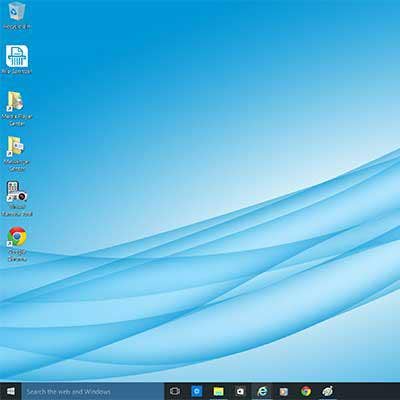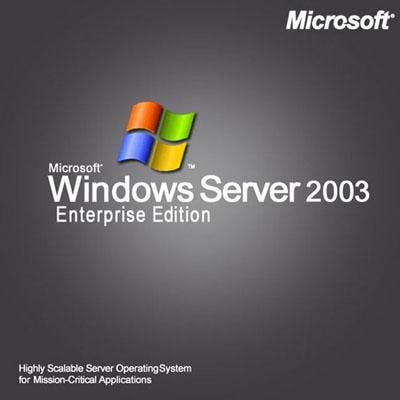Synnex CEO Talks Windows 10, Acquisition Strategy, And The Perils of Low-Margin Deals

Staying Away From Unprofitable Business
Synnex is trying to bounce back after a rough second quarter, with sales declining 2.6 percent to $3.25 billion and the stock price plummeting 9.8 percent to $74.30 per share.
CRN spoke with Synnex CEO Kevin Murai about why the company passed on some low-margin deals and the technology areas that tend to produce the lowest-margin business. He also discussed how Synnex is preparing for the Windows 10 launch and the payment card industry liability shift in October. As of Oct. 15, end user businesses -- and not credit card issuers --- will be held responsible for any fraud that results from credit or debit transactions on systems that are compatible with chip-and-pin EMV (EuroPay, MasterCard and Visa) technology.
He also addressed why Synnex acquiring a solution provider business isn't a direction the distributor would take.

Would Synnex consider acquiring a solution provider?
We've had a long history of being a pure-play distributor and the last thing we want to do is compete with our customers. There are many other opportunities we can invest in that actually enhance those relationships rather than compete against them, so that's not our direction.

How have you built a service practice at Synnex that doesn't compete against partners?
We're investing quite a bit in services capability -- probably more news to come out on this in the coming months. We brought on new leaders to help with that. It's intended to be a capability that's complementary to what our reseller customers can already do, complementary in being able to reach markets geographically that they don't have reach to, complementary in being able to provide turnkey installment services that they don't have the capability to do. That's really what the intention is, and to have this as menu-driven as possible.

What have you done around professional services?
We've had a strong investment in professional services for a number of years, and we have a dedicated team under Kirk Nesbit [vice president of design and support services] with branded service levels. It focuses more on enterprise and more of the specialty-type markets where we're able to take our engineers and help our resellers do assessments on things like data center, virtualization, hybrid cloud enablement. It's not necessarily a big moneymaker for us, but it's more of an enablement tool where we help the reseller gain incremental new business and, of course, the benefit we would get is that we would get the flow of that hardware and software that comes with that.

Is Synnex more focused on organic growth than M&A?
I think we've always taken a very balanced view on acquisitions. If you look at our history, there's no question that we've grown both through acquisition as well as organically. That's going to be the direction that we continue to take. Overall, if there are acquisitions that bring us net new markets or fill in gaps we have with our business or bring on new capabilities that we think are going to be important in the new world of IT, those are going to be interesting to us. But the whole time, we're investing a lot in organic growth as well.

Why should partners be optimistic despite this quarter's performance?
I don't think you can draw any conclusion from one given quarter, but let's talk about that quarter. Sales were a little bit lower than expectations, but the reasons were more market-driven than anything. Frankly, we took the high road and drove solid profitability. We continue to evolve along our own path and move more and more to a high-value part of the market. I think that we have the right view on where the opportunities are in current legacy business, but we also are at the leading edge of the curve in investing in where we think technology is going to. … We're going to continue to grow faster than the market.

Has Synnex passed on low-margin deals in the past?
It happens from time to time. Hopefully, it doesn't happen that often, but if you recall we did very well last year. We gained a lot of share a year ago, and our trend line overall is that we do gain share in the market. But from time to time, you give up a little bit. And that's really what happened in the last quarter.

Why did you decide to give up sales to maintain margins?
It was just based on the business that was available. The pricing for some of these deals did not meet our thresholds, and so we passed on them. … If you take a look at our earnings report, although we did miss our own expectations on revenue, we did drive solid profitability. … Based on what we're seeing right now in the marketplace, we do see that business has returned back to normal for the most part.

What technology areas or segments do the lower-margin deals tend to be in?
It's in the high-volume, commodity product space. It would be things like PCs, low-end servers, things like that. Frankly, we do a big business there, but at the same time, our focus and our strategy is to continue to move up the value chain. The business that is very sticky to us is the business where we have a lot of value in terms of some of the services that we offer like assessments, design and really helping the vendor and the reseller capture net new opportunities in more complex technology configurations. So that business is very sticky, and that is a healthier business for us long term.

Which technology segments saw a decline in sales?
One of the items was that business was available, but it didn't meet our threshold so we decided not to conduct those deals. Those would be in that higher-volume, commodity product space. But overall, there are good pockets of growth in the market. There's still fuel in the tank in the server business. … Security was a growth area. Some of the specialty businesses that we have -- such as ProAV -- also did well. I identified public sector as being a strong growth market for us. … We're the go-to distributor for resellers and key vendors that need to get product in the public sector. The spend there is healthy.

Which vendors is Synnex gaining market share with?
When we look at our longer-term growth prospects, we don't have 100 percent share with any vendor. Basically, what that means to us is that we have continued share gain opportunity because of the way we do go to market, because we are the distributor of choice for many vendors, the ones that they look to when they need to a penetrate a net new market or grow their existing share in a given market.

Which vendors in particular offer the biggest opportunity?
It would be unfair for me to name specific vendors because I can't please everybody. But I did point out a couple of new vendor relationships we have. One, a subset of Lenovo, is the [ThinkPad] X Series business, which is net new for us. And then we've expanded our Dell relationship from Wyse terminals to cover the enterprise as well as the PC side of the business. We do view both of those as good growth opportunities.

How is your Concentrix business faring?
On the Concentrix side, we're doing really, really well. We're ahead of our expectations, our sales pipeline and earning new business. We're on-boarding an average of three new clients a month, and that's in a business where your client set is relatively limited. And that provides us with longer-term growth opportunity as well. Yes, we are dealing with one contract that is causing some pressure on our profitability, but as we manage through that, the overall profitability of that business is quite solid.

What has Synnex been doing to prepare for Windows 10?
Windows 10 really does build a unified platform across multiple devices. So whether you're talking about the PC, phone, laptop, tablet, it's a consistent platform. This means that developers can build apps across a single platform. There's going to be familiarity and consistency in use, as well as consistency in access to data using applications or services like OneCloud. What we're doing is training and education for customers on where the benefits are and the way they should be selling it.

What opportunities does Windows 10 present to partners?
Cloud becomes a big opportunity with Windows 10, so in addition to deploying Windows 10 itself and having access to this unified platform, we can now more easily start adding on cloud-based services, whether it be things like Azure Access Directory or Azure storage or backup. And at the same time, we have our own apps development capability, and with that we can partner with our resellers and create custom apps that could be necessary for them to win deals and do deployments. … We see it as a big growth opportunity. And at the foundation of this is the unified platform.

How has the Windows Server 2003 refresh cycle compared to expectations?
It's in line with what we expected. The server category has gone through growth, it's been one of the stronger product categories over the past three quarters. Based on research others have done, there are still a large number of servers that are out there that are still running Windows Server 2003. I think the opportunity could continue on a little bit, but all that being said, I do think that we're in the late innings of the upgrade cycle. … If we go by what we saw with XP end of support, it could go on for a handful of months.

What is Synnex doing to prepare for the EMV liability shift?
We have a retail point-of-sale practice, and we specialize in that. … We've been partnering with the Retail Solution Providers Association and going out on our road shows and educating our resellers on what all of this means, as well as offering point-of-sale solutions that will upgrade to EMV-compliant hardware. In addition to that, we are in the process of signing a couple of new relationships, where we will be able to expand our product line to include other well-known manufacturers that do have EMV-compliant hardware. … It's the education, it's having the right solutions and design capability, and having the right product line.

What advice would you have for partners around EMV?
It starts with education. Our resellers have a number of customers or potential customers that do payment that aren't aware of the shift of liability with EMV, and they need to be made aware of what those changes are and how they can accommodate it effectively through investments in technology.